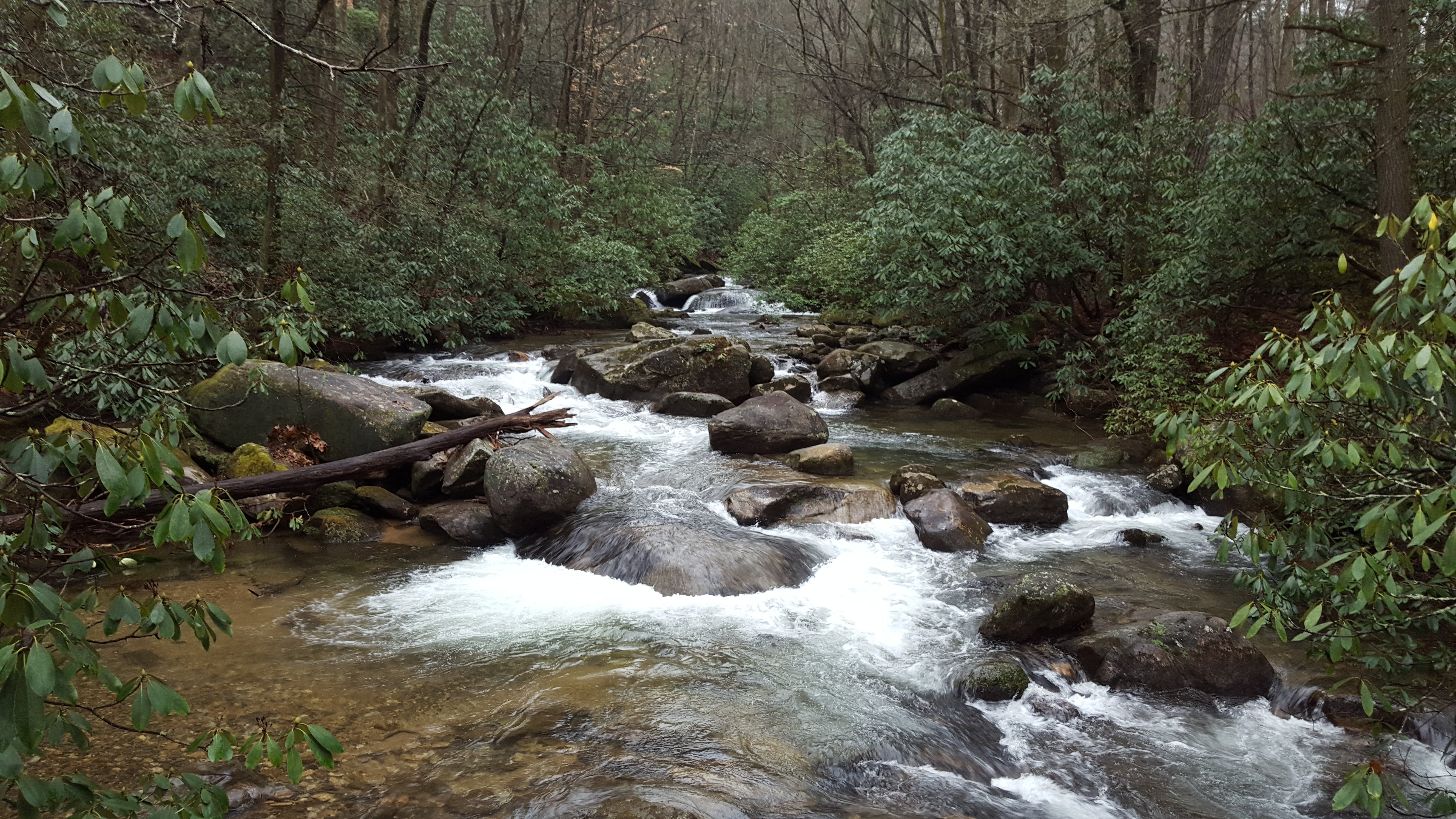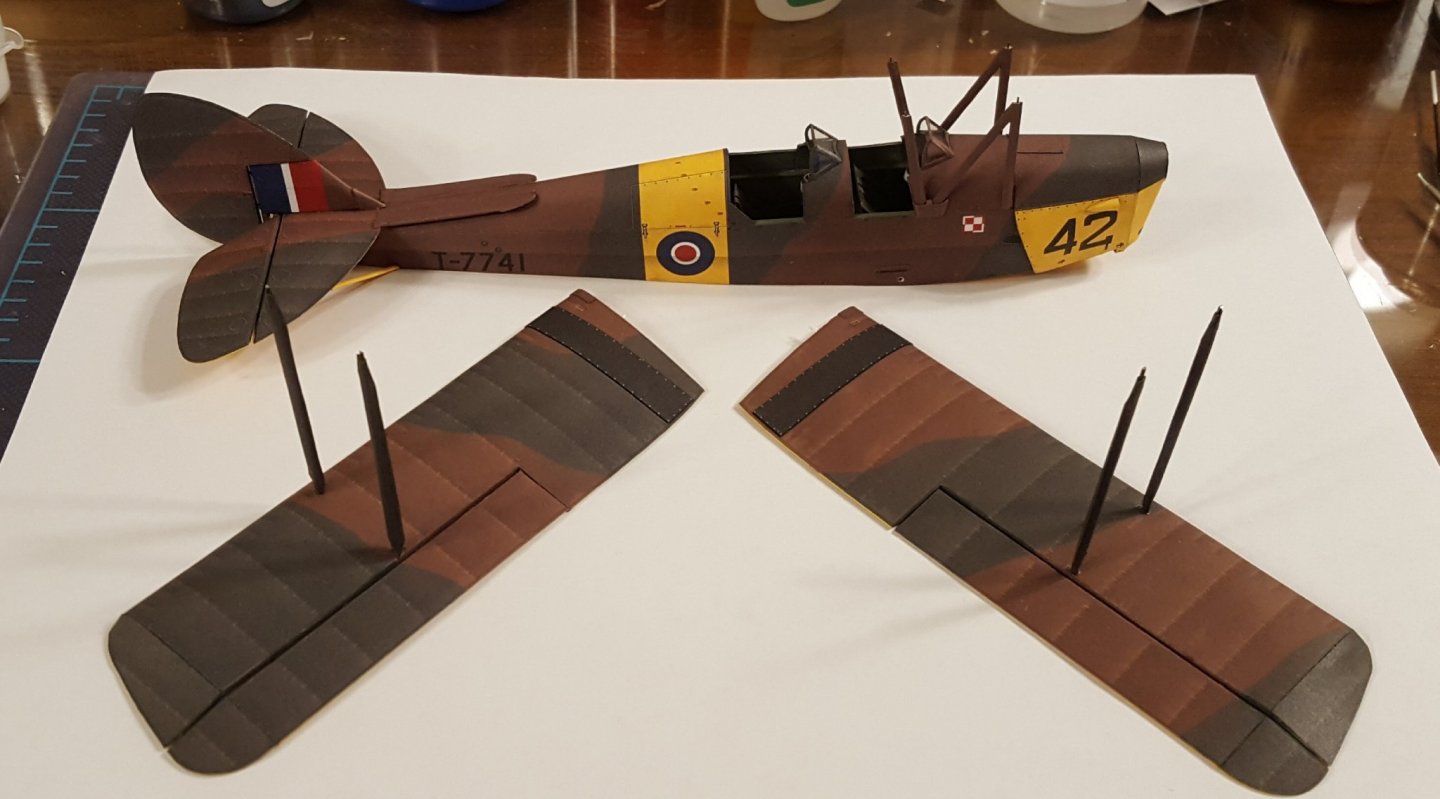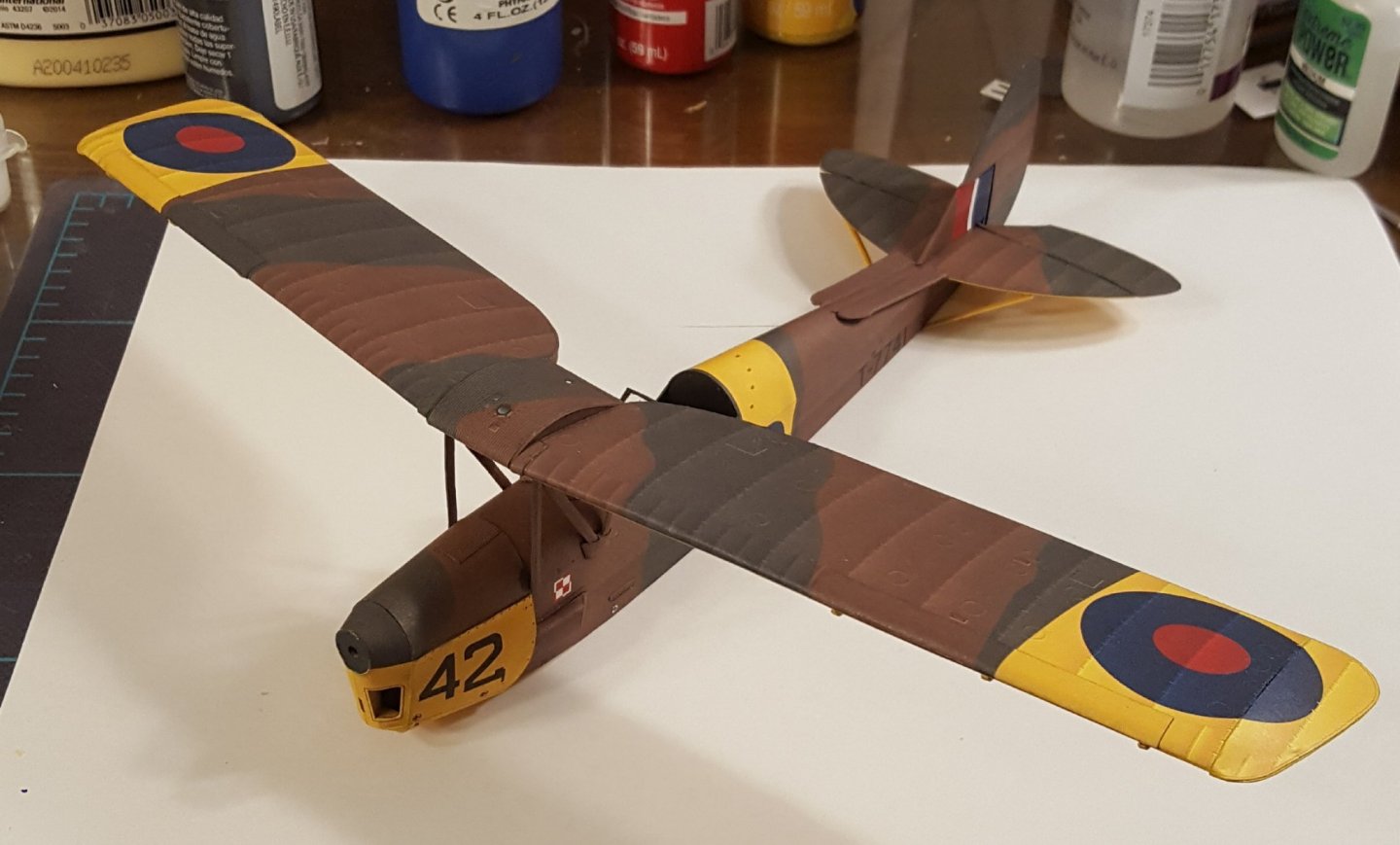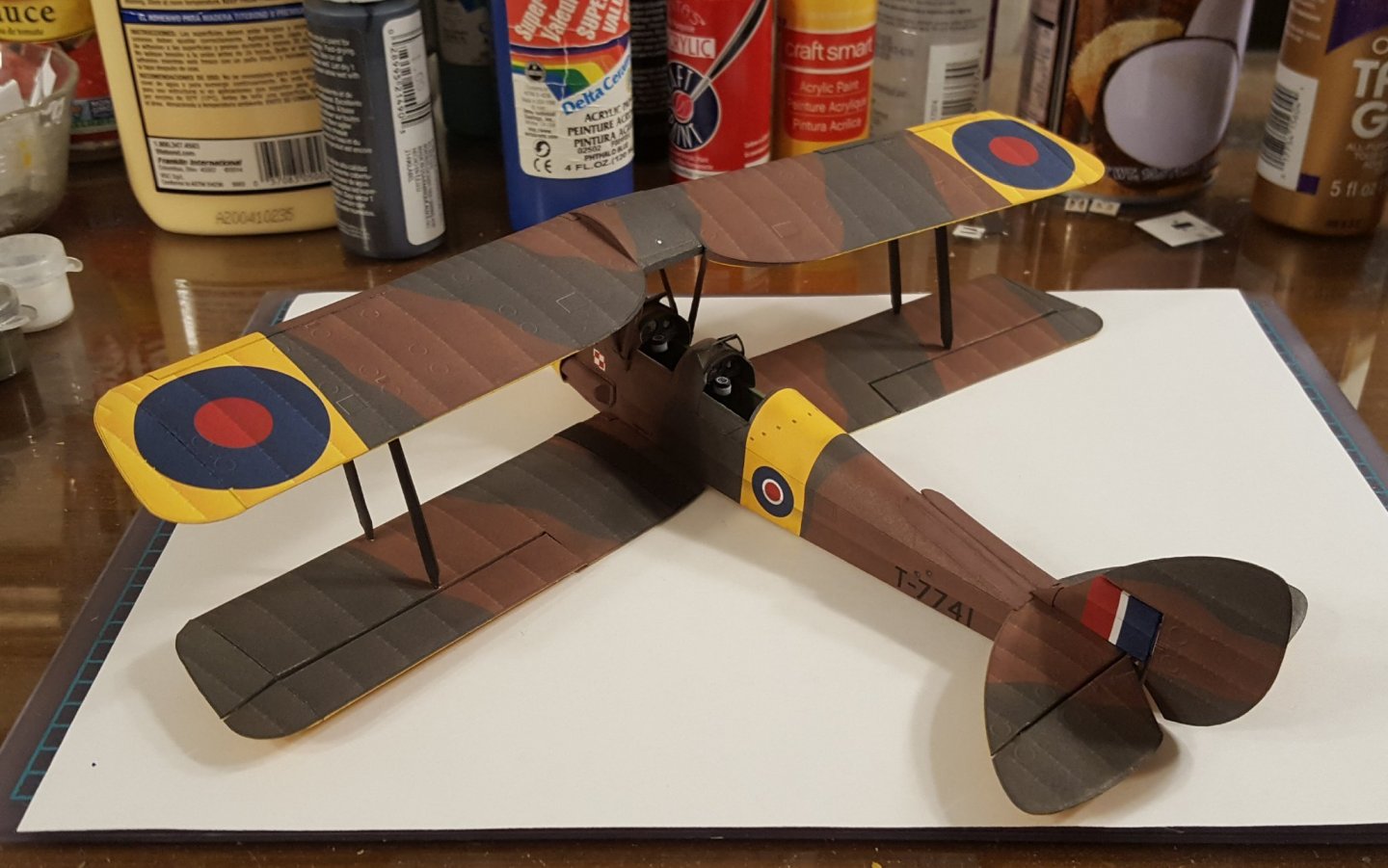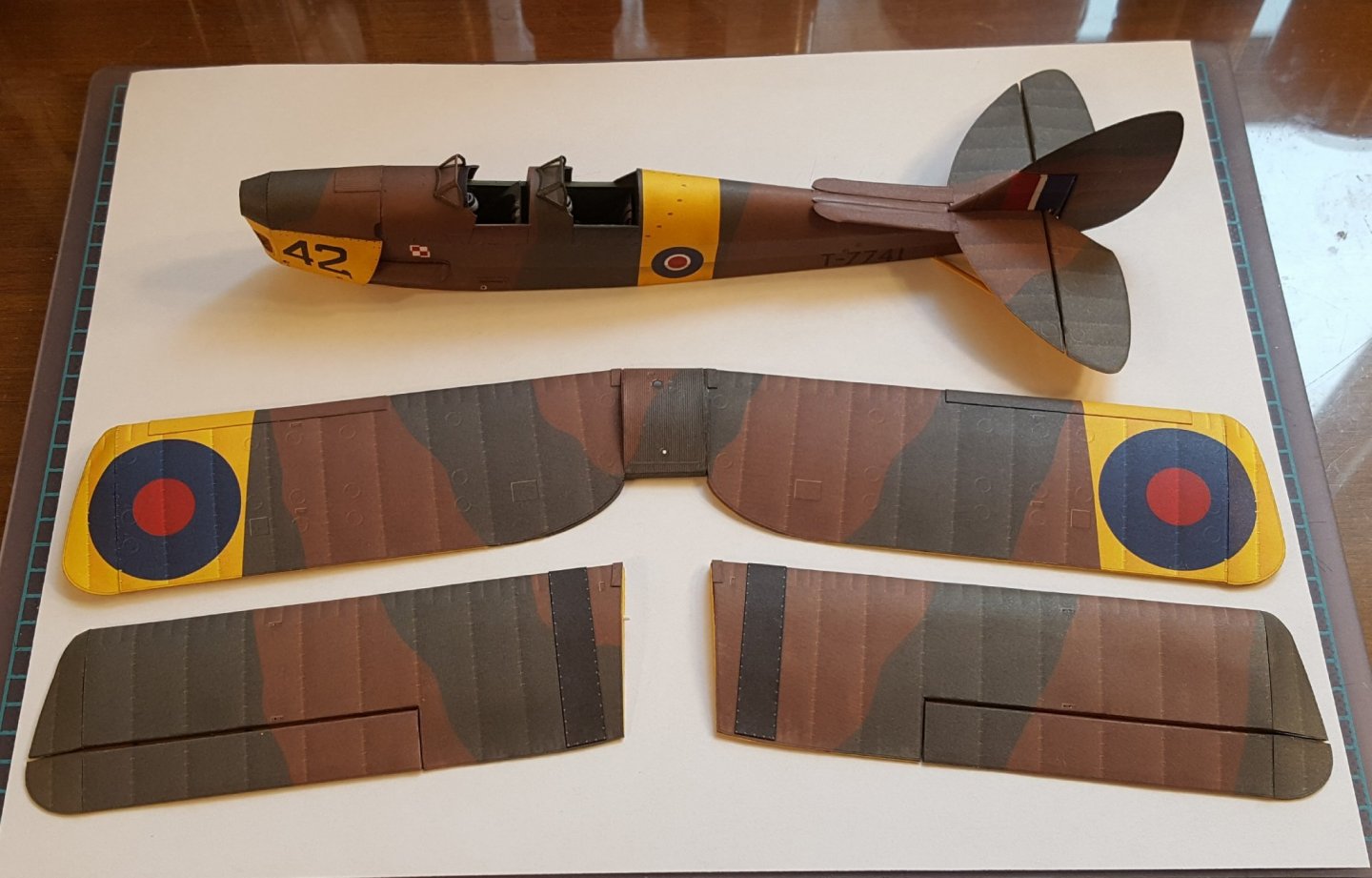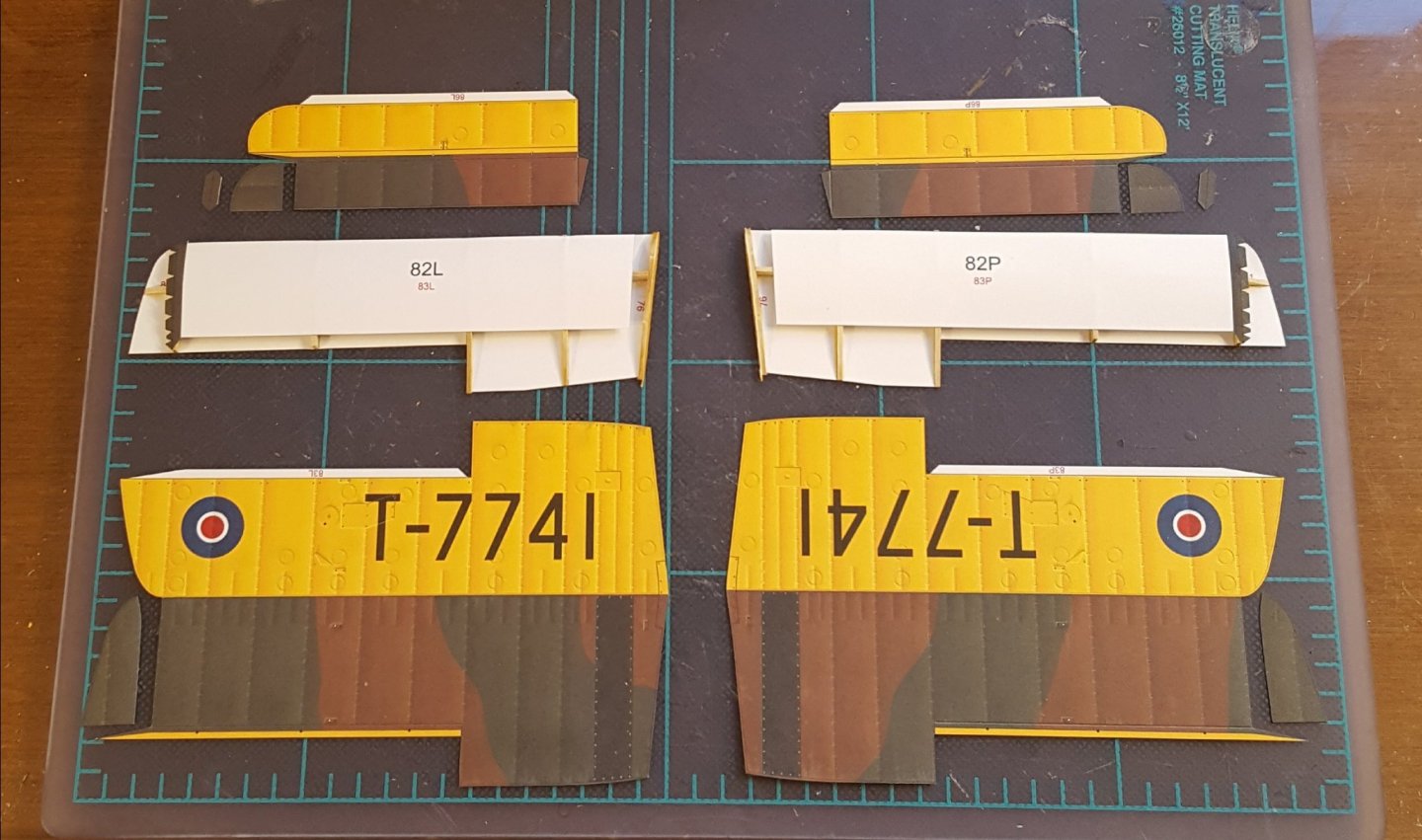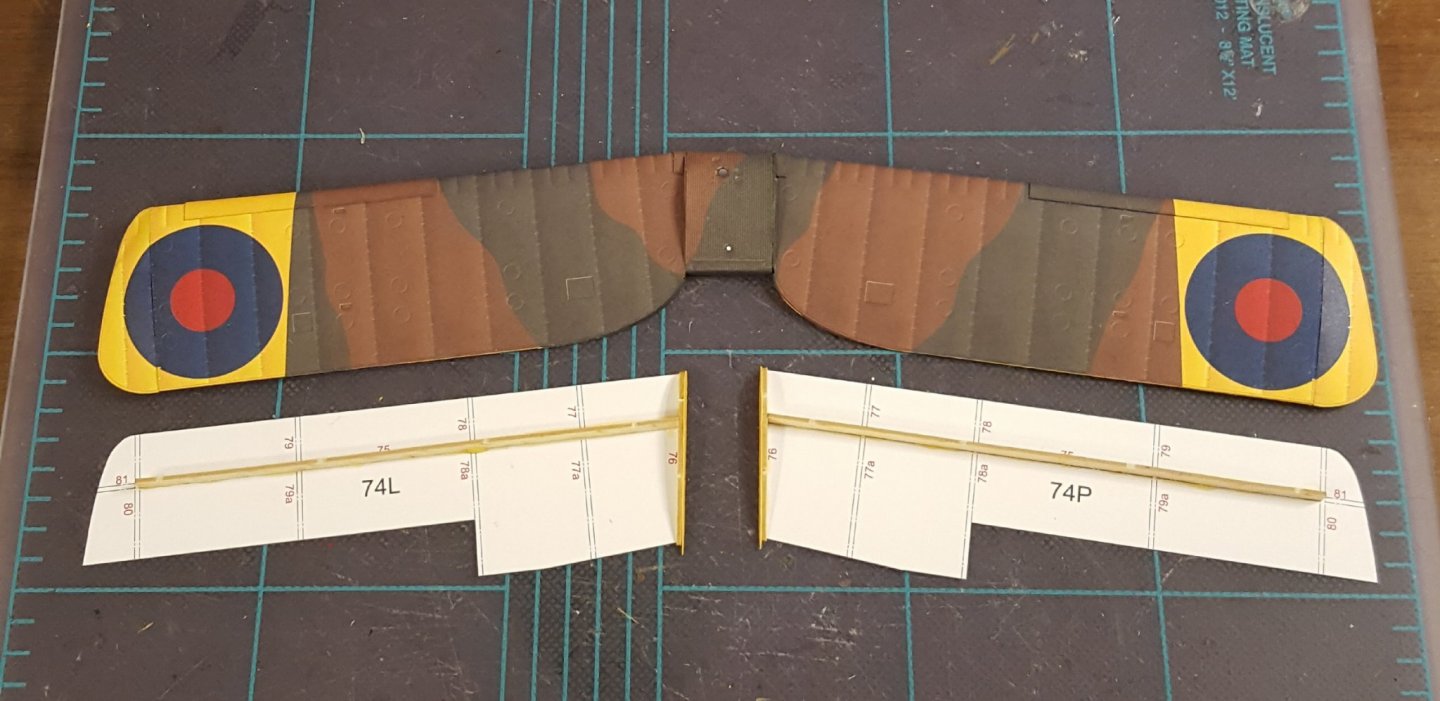-
Posts
10,354 -
Joined
-
Last visited
Content Type
Profiles
Forums
Gallery
Events
Everything posted by ccoyle
-
Hi, Ian. I'm a California ex-pat living in SC. Grew up and went to college in Humboldt County (fisheries major), and my adult children lived in Morro Bay for a time, so I'm very familiar with the type of boat you're wishing to model. They have a lot of character. Before we moved to SC, we lived in Mariposa for 12 years; we playfully referred to you Valley dwellers as "flatlanders." The kits that James H referred to are "hot off the press," so to speak, and they are cutting-edge kits of stylish working boats, even if they are not West Coast types. Cheers!
-
Eric, did the funnel have a joiner strip? If not, it's easy enough to create one from scrap paper. Use regular 20# bond for joiner strips inside narrow-diameter tubes.
-
The wing rigging is done. I wanted to do this portion before tackling the landing gear, because it requires frequently turning the model over, and the gear would just be in the way. This portion went much easier because each line has pre-drilled insertion points that make gluing easier. The lines were set with CA and later given a daub of white glue to help prevent them from coming loose.
-

Posting Problems
ccoyle replied to turangi's topic in Using the MSW forum - **NO MODELING CONTENT IN THIS SUB-FORUM**
Ah, good ol' Securi. 🙄 @James H will have to fix this for you in the a.m. -
They're called anti-spin strakes. The name is self-explanatory. As for the bit of skew, because the struts have wire innards, I was able to twist the wing slightly and make the misalignment less apparent. On another note, I was finally able to connect the irksome bit of rigging -- only took twenty attempts. 🤬
-
At this point, various factors are working against making much progress on the model. First there is, of course, holiday preparations -- tree-trimming, decorating, etc. Second is the fact that I will have family from out-of-town in this weekend, and hiding away in the man cave at such times is generally frowned upon. In the few moments I have had to work on the model, I have been attaching the diagonal bracing between the interplane struts (4 pieces). Three of them are done, but last night the fourth defeated all efforts to get one end properly secured, and at that point I thought it best to retire from the fight and live to model another day. I will post a picture once I get all the wing bracing done; the rest of it should go much better (hopefully).
-
BTW, this sale is still in full swing. Greg picked up a second truckload of kits from the estate, and there is literally something for everybody. The ship listings alone fill 24 handwritten pages and include many of Shipyard's 1/96 sailing ship kits, plus stuff from HMV, WMV, Oriel, and others. Greg is a totally legitimate seller -- I have transacted with him in the past, and I received my first set of kits from this sale last week. I just ordered a set from batch #2 as well. Be sure to check it out if you have any interest in card models at all!
-
That'd be my guess, too. It's a Model Shipways kit.
-

Mitsubishi A6M2b by CDW - Tamiya - 1:72 scale - Finished
ccoyle replied to CDW's topic in Non-ship/categorised builds
Craig, you and I are continuing to duplicate each other's model stash. I have an SBD-3 on my Christmas wish list. -
Nope, but I see you got the photo inserted. 😉
-
It's pretty straightforward. At the bottom of any reply window is a toolbar for uploading images. Afterwards, you simply click on the desired image to insert it into your post. Double-clicking the inserted image will bring up a resizing tool, so you don't have to worry about sizing images before uploading them.
-
Congratulations on your finished model!
- 24 replies
-
- Model Shipways
- Norwegian Sailing Pram
-
(and 1 more)
Tagged with:
-
Ready? Here we go! Step #1: struts Step #2: parasol monoplane 😋 Step #3: biplane! I may have to make judicious use of flattering angles for the eventual final photos. The right upper wing is skewed a tiny bit aft. I finally discovered the problem -- the locator hole for the lower right wing's pin is about 0.5-1.0 mm farther aft than that for the left wing! I'm not sure that I'll be able to do much about it at this late juncture, but we'll see.
-
Welcome! And thanks for the earworm (an agreeable one)!
About us
Modelshipworld - Advancing Ship Modeling through Research
SSL Secured
Your security is important for us so this Website is SSL-Secured
NRG Mailing Address
Nautical Research Guild
237 South Lincoln Street
Westmont IL, 60559-1917
Model Ship World ® and the MSW logo are Registered Trademarks, and belong to the Nautical Research Guild (United States Patent and Trademark Office: No. 6,929,264 & No. 6,929,274, registered Dec. 20, 2022)
Helpful Links
About the NRG
If you enjoy building ship models that are historically accurate as well as beautiful, then The Nautical Research Guild (NRG) is just right for you.
The Guild is a non-profit educational organization whose mission is to “Advance Ship Modeling Through Research”. We provide support to our members in their efforts to raise the quality of their model ships.
The Nautical Research Guild has published our world-renowned quarterly magazine, The Nautical Research Journal, since 1955. The pages of the Journal are full of articles by accomplished ship modelers who show you how they create those exquisite details on their models, and by maritime historians who show you the correct details to build. The Journal is available in both print and digital editions. Go to the NRG web site (www.thenrg.org) to download a complimentary digital copy of the Journal. The NRG also publishes plan sets, books and compilations of back issues of the Journal and the former Ships in Scale and Model Ship Builder magazines.

